
Wildlife Farming in Uganda: An alternative wildlife income stream for communities
15 Jul 2022
Wildlife Farming which refers to the rearing of wildlife in a controlled environment in Uganda mainly involves species such as ostriches, butterflies, and crocodiles. Though Uganda has diversified wildlife economic activities which are supported by the legal framework and several institutions, there is limited data on the economic benefits of wildlife farming. This provides an opportunity and potential to conduct robust studies as well as to unlock new economic activities under wildlife farming. Apart from sighting butterflies in natural areas, forest ecosystems, and in protected areas, there is limited data about the pilot butterfly farm in Ziika forest in central Uganda.
The Uganda Wildlife Act 2019 recognises wildlife use rights including wildlife farming as follows:
- Class A - wildlife use right which confers a right to hunt wildlife
- Class B - wildlife use right which permits farming of wildlife
- Class C - wildlife use right which permits ranching of wildlife
- Class D - wildlife use right which permits trading in wildlife and wildlife products
- Class E - wildlife use right which permits using wildlife for educational or scientific purposes including medical experiments and developments;
- Class F - wildlife use right which permits community resource access;
- Class G - wildlife use right which permits the use of wildlife as pets or ornament
- Class H - wildlife use right which permits the use of wildlife for tourism and recreation.
Participation in any of the use rights is subject to licensing by the Uganda Wildlife Authority. Individuals, communities, and companies can apply for permits as per the Uganda Wildlife Act 2019. Wildlife use rights promote a sense of ownership among communities creating avenues for income generation.
Under Section 37. “Application for the grant of wildlife use right,” the Act states that “A person, community, or lead agency may apply to the Authority for one or more wildlife use rights to be granted to them.” In the case of an application from a community, the Act requires “a statement of the procedures used to explain the proposals to and obtain the support of the community… and of the structure, organisation, and proposed powers of the body which… is going to manage the activity.”
Taking into consideration these wildlife use rights, Uganda is able to increase community benefits from wildlife conservation, and today these opportunities to benefit are increasing. Though the ownership of a wild animal or wild plant existing in the wild habitat in Uganda is vested in the Government on behalf of, and for the benefit of, the people of Uganda, the wildlife use rights exist for the management and use of wildlife by communities and others, mainly ex-situ.
For example, the crocodile farm at Buwama in Mpigi central Uganda is estimated to hold about 4000 crocodiles which are bred for commercial and tourism purposes. Products such as belts, bags, hats, shoes, and wallets are processed from crocodile-leathered skins. In central Uganda, crocodile meat is sold at Crocs at the Oval and Crocs Cafeteria. At the Carnival Restaurant, on average, the plate of crocodile steak costs roughly Sh14,000 (USD 3). A kilogramme of crocodile meat is about Sh25, 000 (USD6).
Though, eating crocodile meat maybe unthinkable for some people, consumption of crocodile meat is associated with several benefits including curing skin problems, building body muscle since it contains a high level of protein, preventing heart disease, preventing asthma, preventing diabetes, maintaining lower cholesterol levels, reducing the risk of atherosclerosis, relieving cold and cough, and preventing wrinkle skin and preventing developing tumours.
Ostriches are farmed in Kakuuto Rakai District, Central Uganda. The major products and benefits are the use of ostrich skins as souvenirs. Skinning requires certification from the Uganda Wildlife Authority to prove that that the bird has not been poached from the wild. Ostrich feathers are also fixed on pieces of wood to form dust brushes. Other uses include ostrich riding, ostrich meat; ostrich watching as a tourism activity for both local and international tourists
Despite the diversification of the wildlife economic activities in Uganda, as highlighted by the State of Wildlife Economy Report for Uganda “there is a lack of consistent, comparable data over time, for wildlife farming as an economic activity, data about wildlife farming is inconsistent, often incomparable and although often good at a site-level, and lacking at a national level.”
Embracing wildlife use rights increases recognition of the role wildlife plays in enhancing the economic development of individual wildlife farmers, business, and companies reducing wildlife resentment, and improving livelihoods. However, more comprehensive report of the values generated by wildlife use activities, such as wildlife farming, will help to build awareness of these contributions and also lead to increased investment.
Dr Taddeo Rusoke, AWEI Research Fellow
Cover photo: Crocodiles at Buwama Crocodile Farm (Source: https://equatorcrocs.com/about-us/)
No authors to show
We support the free flow of information. Please share:
More content
-
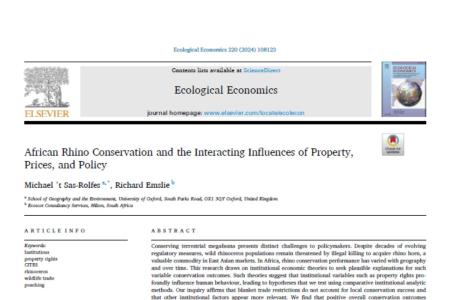
African Rhino Conservation - Interacting Influences
Michael ’t Sas-Rolfes…Conserving terrestrial megafauna presents distinct challenges to policymakers. Despite decades of evolving regulatory measures, wild rhinoceros populations remain...
2024Research -

World Oceans Day: Awakening Africa’s Blue Economy
Dr Francis VorhiesThe theme of World Oceans Day 2024 on 8 June is “Awaken New Depths”. A key topic is the…
Articles -
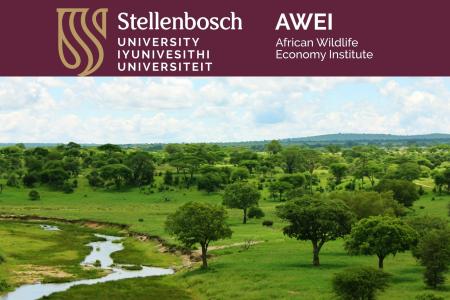
AWEI Updates May 2024
Ms Emily TaylorAs the Wildlife Economy Institute (AWEI) continues to grow and expand its reach, we have decided to produce…
Articles -
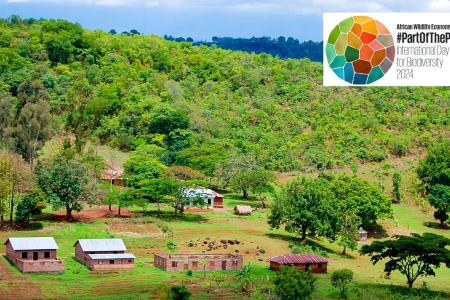
AWEI's role in the Biodiversity Plan for Life on Earth
Dr Francis Vorhies22 May 2024
Through a landscape approach to the development of Africa’s wildlife economy, we are part of…
Articles -
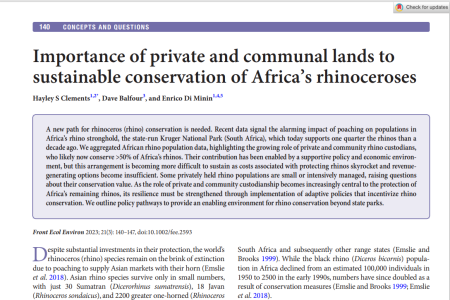
Importance of private and communal lands to sustainable conservation of Africa's rhinoceroses
Dr Hayley Clements…A new path for rhinoceros (rhino) conservation is needed... We aggregated African rhino population data, highlighting the growing...
2023Research -
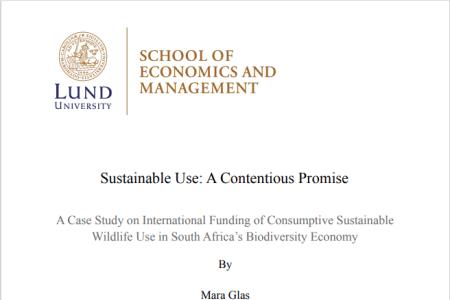
Sustainable Use: A Contentious Promise
Ms Mara GlasA Case Study on International Funding of Consumptive Sustainable Wildlife Use in South Africa's Biodiversity Economy In South...
2022Research -
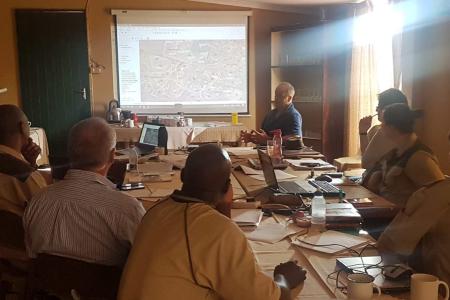
Collaborative governance models of wild product value chains for conservation and livelihood resilience
Mr Thapelo Brilliant LebopaSustainable utilisation of wild products, such as non-timber forest products, wild meat, and medicinal plants, requires governance models…Articles -
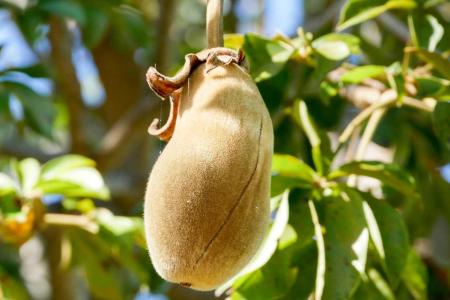
SA’s new biodiversity strategy is a key move away from colonial fortress conservation
Prof Brian Child…It was disappointing to read an article in Daily Maverick that sought to “ring alarm bells” about a…
Articles -
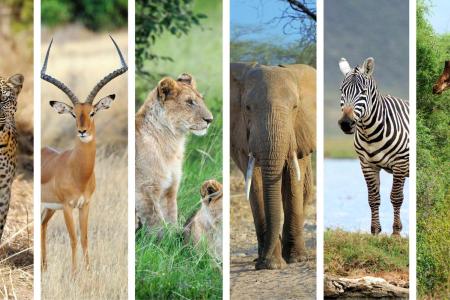
Ensuring the use of wild species benefits people
Dr Francis Vorhies…Observed annually on 3 March, World Wildlife Day is an opportunity for us to celebrate the diverse range of wild…Articles
Get updates by email
Through impactful research, stakeholder engagement, and professional development, AWEI is supporting the wildlife economy across Africa. Please subscribe for occasional updates on our work and forthcoming events.
Sign up for a quarterly dose of AWEI insights
In a complex and changing world, AWEI generates strategic ideas, conducts independent analysis on wildlife economies, and collaborates with global scholar-practitioners to provide training and expertise for biodiversity conservation, climate resilience, and inclusive economic opportunities in Africa.




